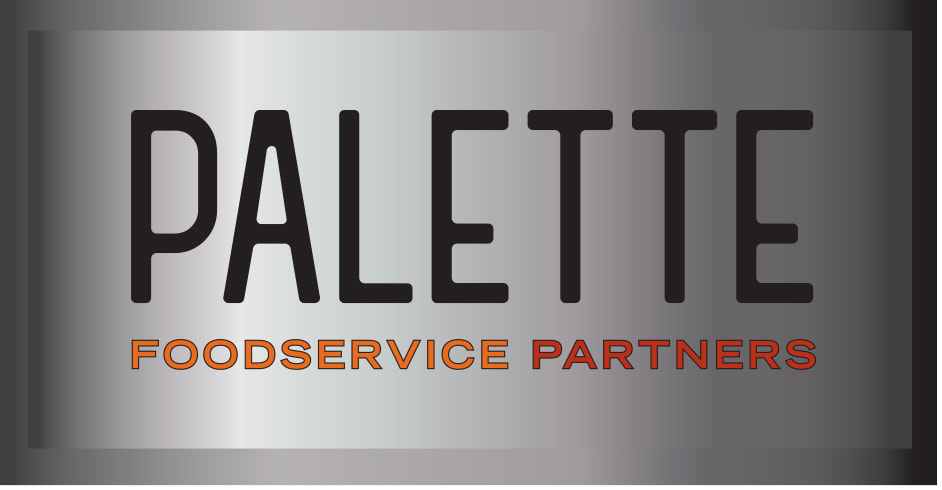 Restaurants have to operate more efficiently than ever to eke out profits in the current economy. Having the capacity to offer automated, fast payments to vendors and employees alike can give a restaurant leverage – potentially enabling it to secure deals with vendors in exchange for early payments, as well as earning loyalty from staff who know they will get paid promptly after a shift. Beyond that, automated payment capabilities can help a restaurant operate more nimbly by responding quickly to shifts in supply. Do your systems enable you to pay people on-demand? At a time when a restaurant needs to use every tool at its disposal, the capability can deliver a competitive advantage.  As restaurant businesses become more digitized and connected, they are calling for a new kind of employee: one who is just as comfortable monitoring sensors and responding to alerts from a range of applications as they are chopping and cooking ingredients. Ensuring your staff is well-versed in these changes will only help your business, since your technology is helping you do everything from monitoring food safety, to collecting and continuously learning from the data you collect. Modern Restaurant Management reports that there is a growing role for skilled technicians to train, manage and repair this technology in restaurants. Do your training and management procedures adequately account for the tech changes your business has made? When you consider your job descriptions, training and feedback from staff, where are there opportunities to close knowledge gaps and ensure you’re reaping the greatest benefits from the technology at your disposal?  Running the most efficient operation you can is hinged on your data. It can tell you everything from how much of an item to order to how much staff to have on hand during a shift, thereby minimizing wasteful spending. But your ability to make informed predictions of your needs relies on the quality of your historical data – your record of recent weeks, months and years. What if your historical data has gaping holes in it? While the pandemic has spurred the adoption of restaurant technology across the industry, the quality of historical data about a restaurant may still need time to improve. Increasingly, restaurant tech stacks are enabling operators to not only adjust their forecasts based on factors such as weather and local events; they are also allowing brands to factor in historical data from similar brands across the industry. Ingest, for one, is allowing restaurants to benchmark against the performance of similar brands to help them get a more complete picture when their own historical data isn’t up to the task.  Artificial Intelligence has been carving out a space in restaurants as a means of delegating tasks and saving labor costs. Though AI-supported ordering is still a work in progress (as McDonald’s has discovered with recent tests), AI is also serving as a kitchen assistant that can nudge employees to catch errors early – before they get the attention of an annoyed customer. One company in this space, Agot AI, places cameras over the food preparation line to watch how orders are being prepared. It connects with in-store, online and drive-thru orders appearing on the kitchen display system and will alert an employee in the line if an order is missing, say, the extra packets of ketchup the customer requested. In the process, the information the technology gathers can help a restaurant flag repeat problems in the line and adjust training to better manage them, and even create a rewards system to recognize employees who successfully move orders through the line with accuracy and speed.  As restaurants adopt more technology – out of necessity if not for a desire for greater efficiency – restaurant service is coming to mean something different. Earlier this year, Datassential predicted that human service would become more of a premium offering, with a more obvious human touch expected at higher-end restaurants. But the line between technology and human-delivered service is likely to be hazier for everyone else. As you consider new front-of-house tech, retain the human touch by asking if it can elevate the service you offer – through faster and easier payments, and menu items and targeted promotions supported by individual customer data as opposed to broad assumptions. |
Subscribe to our newsletterArchives
April 2024
Categories
All
|



 RSS Feed
RSS Feed